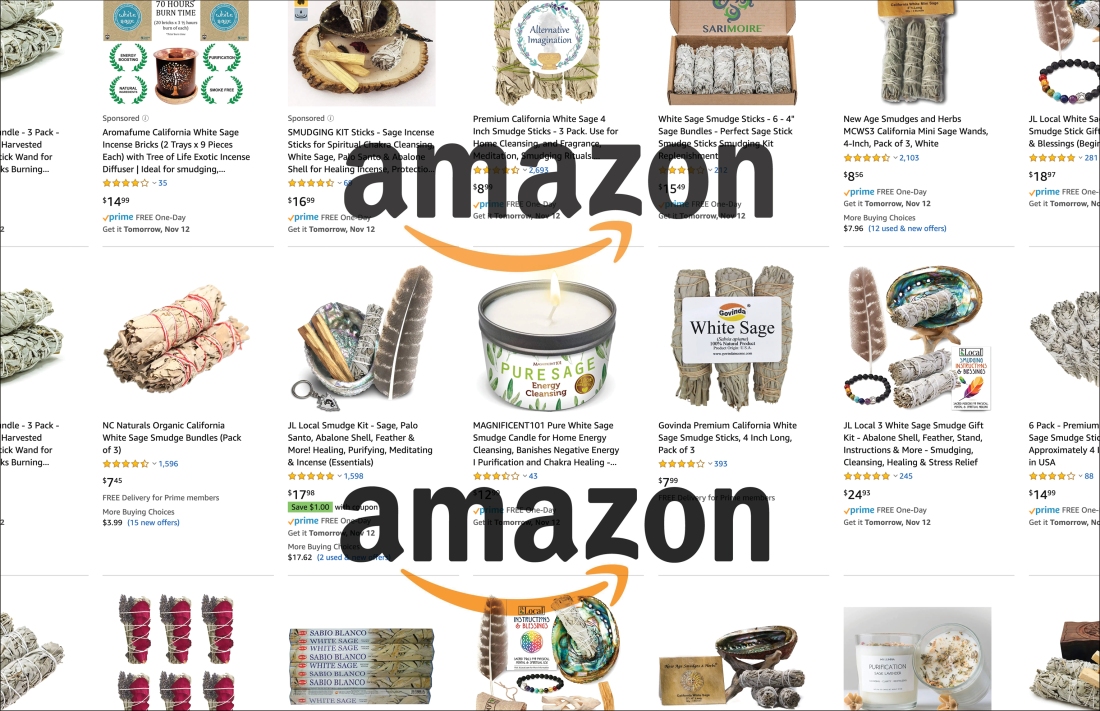SAGING the WORLD: Indigenous Wisdom & the Cultivation of White Sage
Talk/Slideshow with Rose Ramirez & Deborah Small
Saturday March 7, 2020; 9:30 am – 11 am
Tree of Life Nursery, 33201 CA-74, San Juan Capistrano, CA 92675, USA (map)
A fire went through our family’s sage gathering ground, and maybe five acres of white sage just burned to the ground. I was upset, but my uncle said, ‘It’s good—the world just needed saging off.
—Tima Lotah Link, Shmuwich Chumash, Ethnobotany Project interview
White sage is used as a prayer plant. We do not sell white sage. If you need it as a medicine and we have it, we’re going to give it to you. We discourage selling medicine plants, spiritual plants, because we don’t know if the person collected them in a good way, with a good heart. But if you have white sage growing in your back yard, you would know because you would be taking care of it.
— Barbara Drake, Tongva elder, Idyllwild Summer Arts class, Ethnobotany Project

California Indians have been using white sage for food, medicine and ceremony for thousands of years. This region is the epicenter for white sage, as well as black sage, Cleveland sage, hummingbird sage, thistle sage, and chia.

The commercialization of white sage has become international in scope. Walmart, Etsy, and Amazon all market smudge sticks, sage bundles, and “cleansing” kits with abalone shells and feathers, fueling a growing controversy around cultural appropriation.
Much of the white sage for the international market is unscrupulously foraged. Craig Torres, Tongva, tells us: “If we don’t fight to protect the plants and to protect the land, they’re no longer there for us. The connection to who we are as a people has everything to do with the plants.”

Craig calls the reckless exploitation of white sage “trafficking.” Bill Madrigal, Cahuilla, refers to it as “poaching.” So does Lorence Orosco, Haramokngna American Indian Cultural Center in the Angeles National Forest. Another friend, who asked for anonymity, has experienced the theft of white sage from her land more than once, and she calls it “rustling.”
In January of this year, we interviewed Ron Goodman, San Bernardino County Ranger, and Luis Vaquera, Rancho Cucamonga Park Ranger, both passionate advocates for the protection of the Etiwanda Preserve. Their largest bust was on July 1 of last year: 800-1000 pounds of white sage stuffed into over-sized camouflage duffel bags in the photograph below.

To stem the accelerating loss of habitat, Heidi Lucero, Acjachemen, no longer gathers in her traditional gathering grounds. Instead, she grows her own sage: “If you live in California, there’s no need to wild gather. Grow your own! The climate is perfect. Save your $10 on a sage bundle and buy a plant that gives you sage all year long.”

Heidi Lucero’s front yard with white sage, Salvia apiana, and Juncus textilis, a basketry plant
We hope you’ll join us in cultivating white sage in your gardens or nurturing the plants in containers on your decks, porches, and windowsills. You’ll attract bees, butterflies, birds, and other beneficial insects. You’ll better understand how the health and well-being of our species is inextricably connected with the plants that sustain us.
You’ll be creating a more resilient future. You’ll be Saging the World.
 white sage and buckwheat
white sage and buckwheat
In April, 2020 our essay, “Saging the World,” will be published in the Spring issue of News from Native California, published by Heyday Books.
[…] have antifungal and antibacterial properties — to calming teas, said Rose Ramirez, co-author with Deborah Small of the “Ethnobotany Project: Contemporary Uses of Native Plants/Southern California and Northern […]
LikeLike
[…] have antifungal and antibacterial properties — to calming teas, said Rose Ramirez, co-author with Deborah Small of the “Ethnobotany Project: Contemporary Uses of Native Plants/Southern California and Northern […]
LikeLike
Where might I get respectfully harvested seed for white sage?
LikeLike
Much respect to our blessed sage
LikeLike